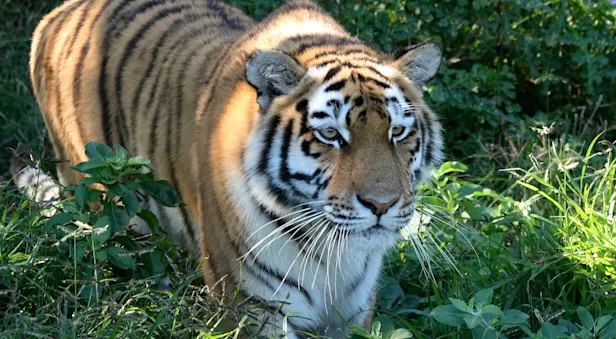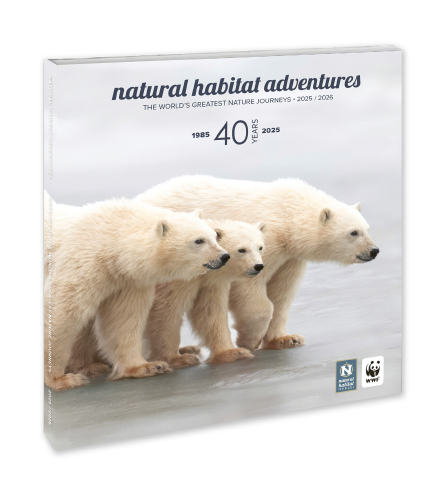Weather & Climate in Sri Lanka
Sri Lanka is a tropical island with a varied topography. Its climate is strongly influenced by the monsoons. The Himalayas far to the north prevent the cold Central Asian katabatic winds from blowing in, keeping the bulk of the Indian subcontinent warmer than most locations at similar latitudes. India’s Thar Desert and the Tibetan Plateau play a crucial role in attracting the moisture-laden southwest summer monsoon winds that, between June and October, provide the majority of Sri Lanka’s rainfall. Rain continues, however, in the north, along the east coast, and in the southeast; around half the annual rain in these areas falls between October and early January. This is brought by winds coming from the northeast during the “return” monsoon.
There are four main seasons with many local variations:
NORTHEAST MONSOON
This period from late October to late January has moderate winds that bring moisture from the Bay of Bengal to the northern and eastern parts of Sri Lanka. The highest rainfall is on the northeast slopes of the hill country and the eastern slopes of the Knuckles Range. This heavy rain is usually accompanied by sunny days and cool evenings across the island. The water levels of rivers and streams in the north and east are highest during this period.
FIRST INTER-MONSOON SEASON
The southwest and the hill country start to get rain during March and April. This is generally the warmest part of the year, with brief afternoon showers and early evening thunderstorms.
SOUTHWEST MONSOON
Between May and September, the full effect of the southwest monsoon hits the island with up to 118 inches of rain hitting the mid elevations. It decreases toward higher elevations.
SECOND INTER-MONSOON SEASON
The second inter-monsoon period from October to early November often brings rain across the island, with the southwestern slopes of the hill country receiving the most precipitation. This is the season of thunderstorms and the occasional cyclone in the Bay of Bengal.
TEMPERATURES
It can be very cold in the higher elevations, including Horton Plains, from December to early February, with temperatures dropping into the 30s Fahrenheit at night and early mornings. There can be an occasional frost, which makes our morning wildlife drives in open safari vehicles quite cold! During the day it can reach the 80s Fahrenheit, and even if you are not in the sun, it can still feel cool. Temperatures start to warm up in mid-February and March, but the early mornings will still be chilly.
AVERAGE MONTHLY TEMPERATURES & RAINFALL
(in Fahrenheit and inches)
Colombo

Nuwara Eliya

Yala National Park

Ahangama

Horton Plains National Park


























